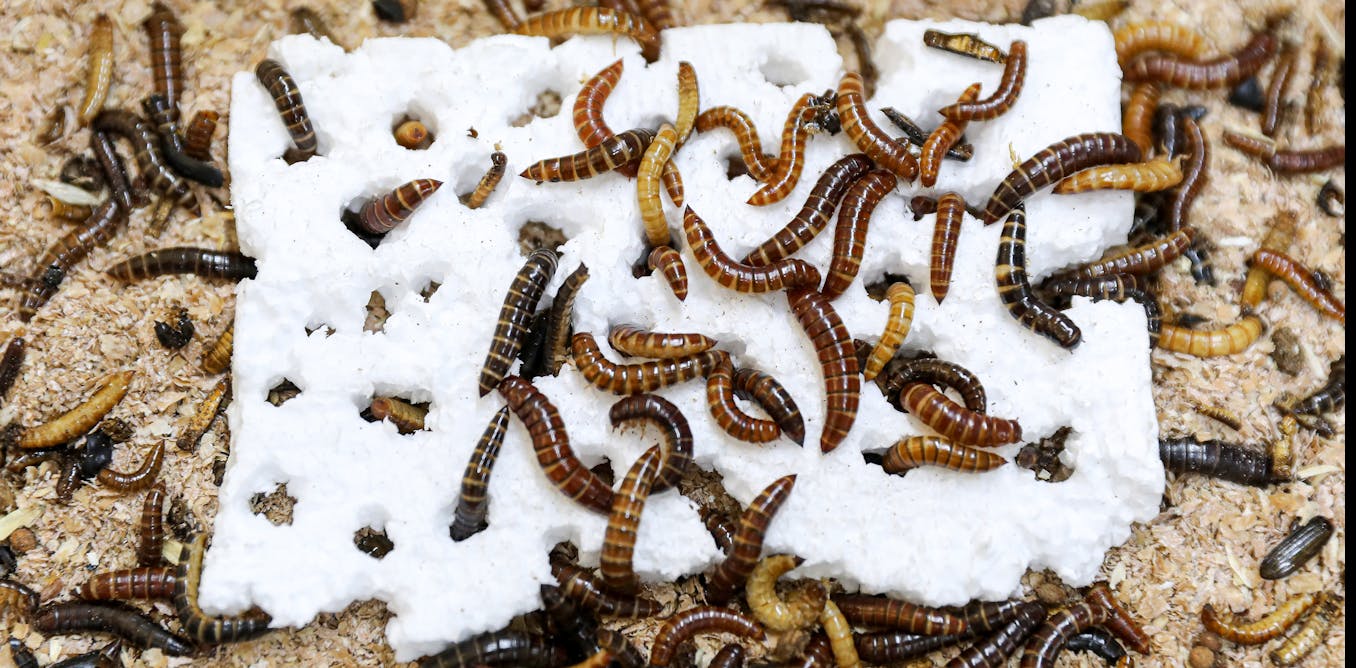Interesting, but I wonder what they break it down to. Is it completely broken down or do they shit nanoplastics?
And how much of the plastic remains in the food chain when animals eat the worms? This likely isn’t the good news that it appears to be on the surface. I know an old lady who swallowed a fly….
At a quick glance they break it down into carbon dioxide at about a 50% consumption rate. The rest is excreted as biomass and degraded fragments (which I gather means shorter polymer chains and oxidation). Sounds really good if it’s true.
I agree this is probably overall a good thing, but I worry if this bacteria thrives due to the amount of plastic around what that would mean for the amount of CO2 produced.
…bacteria?
Whoops 😅
It’s funny, for years I’ve been downvoted or thought to be joking when I point out that putting non-biodegradable plastic into landfills is carbon sequestration. I seriously think it’s a good idea, though. If people are concerned about carbon in the atmosphere then that’s a good way to get it out for the long term.
That only works if the carbon in the plastic originally came from the atmosphere, but we use oil to make plastics. So increased demand for plastic = increased demand for oil, and that oil was already sequestered to begin with.
Yeah the oil was carbon sequestration we are just releasing it
Kind of, but frankly I think that’s a self-defeating hair to split.
What ultimately matters in the end is simply “is more carbon going into the atmosphere, or less?” It doesn’t matter where the carbon is coming from, all that matters is that less carbon ends up in the atmosphere.
If I have a plastic object and I send it for recycling or whatever, some of that carbon ends up in the atmosphere. Possibly all of it if it ends up being incinerated, since a lot of plastic “recycling” is not really recycling as you’d expect. If I put it in the landfill, on the other hand, the carbon is locked away effectively indefinitely.
It doesn’t matter where that plastic object came from, I’m just faced with a choice of what to do with it.
They turn into 3-D printers.
Wow just realised i’m technically a 3D printer. Aaand that’s enough internet for today.








